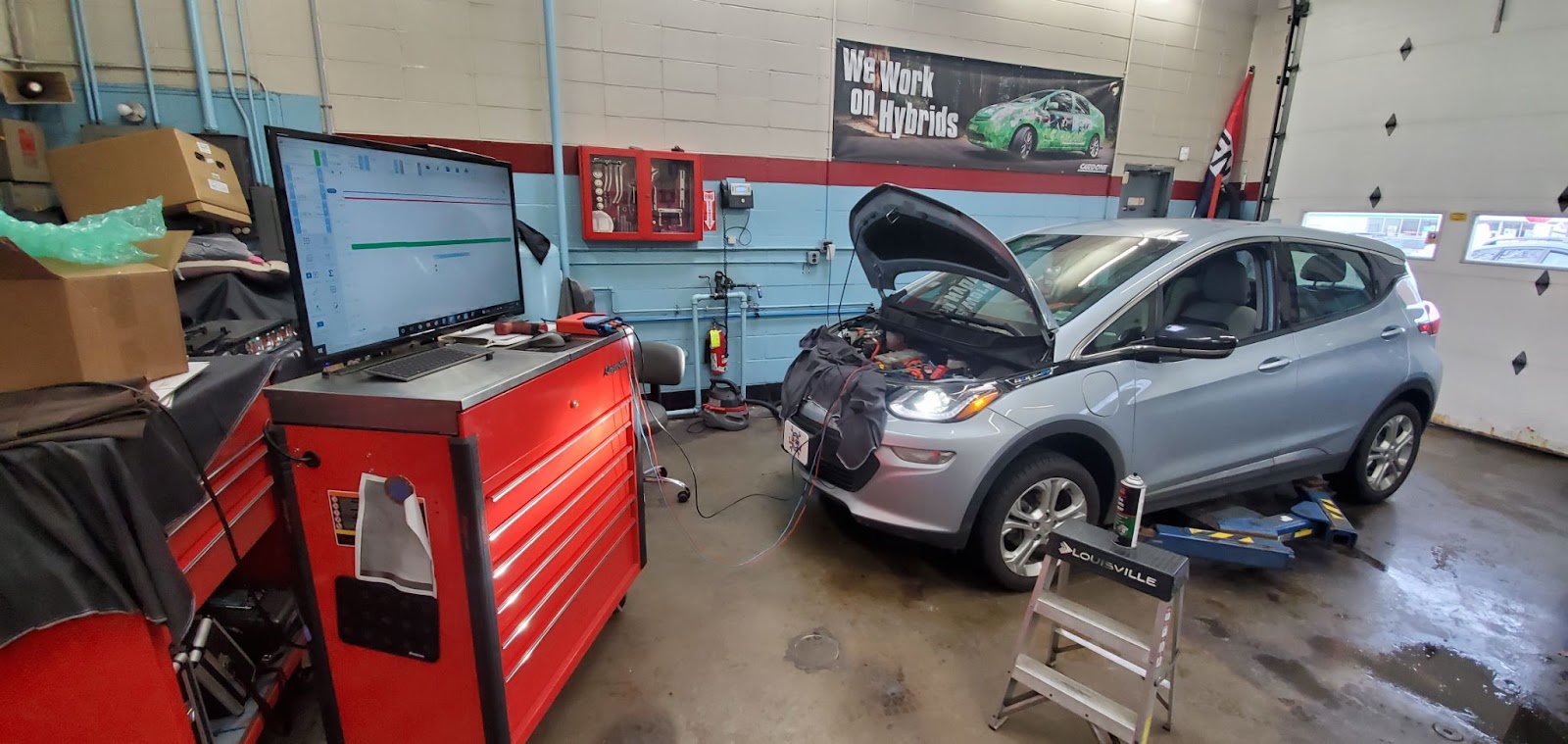When people talk about the cost of owning an electric vehicle (EV), one concern inevitably comes up: the battery. EV batteries are not only the most critical component of the car but also the most expensive. For many potential buyers, the thought of replacing a battery pack years down the road can feel intimidating.
But here’s the good news—battery technology is improving rapidly, costs are falling, and replacements are far less common than many think. In fact, projections suggest that by 2030, replacing an EV battery may be cheaper than replacing a combustion engine. So, what do EV batteries cost today, when might you actually need a new one, and most importantly, what options exist to reduce those costs?
What EV Batteries Cost Today
Out-of-warranty EV battery replacement costs vary widely depending on the car and the size of the pack. According to Recurrent Auto, typical replacements today range from $5,000 to $16,000, though they are “extremely rare.” For some high-capacity packs, costs can climb closer to $20,000.
In 2023, a Tesla Model 3 owner reported a replacement bill of about $13,000 for a 75 kWh pack, translating to roughly $173 per kilowatt-hour. Just a few years earlier, in 2020, the same job cost nearly $15,800. Meanwhile, third-party companies like Greentec offer refurbished Tesla packs for around $9,000—almost 40% cheaper than going through a dealer.
What’s encouraging is the direction of costs. As battery manufacturing scales up and new chemistries gain ground, the price per kWh has fallen from over $400 in 2012 to just around $111 today. In some markets, lithium iron phosphate (LFP) cells are already selling below $60 per kWh.
When Do EV Batteries Need Replacing?
The fear of frequent, costly replacements is largely a misconception. Data from Recurrent’s community of nearly 20,000 EV drivers shows that only about 2.5% have ever needed a new battery. For EVs built after 2016, that figure drops below 1%.
Most automakers offer warranties covering the battery for 8 years or 100,000 miles, and many owners report their batteries lasting well beyond that. In fact, modern packs are designed to last 200,000 miles or more.
Put simply: for the average driver, it’s unlikely you’ll need to replace an EV battery during the car’s usable life.
Why Replacement Costs Are Falling
Two major forces are driving down costs:
- Declining pack prices. Analysts forecast that by 2030, battery packs could cost just $50 per kWh. That means replacing a 75 kWh pack could be as little as $3,750, and even large 100 kWh packs may cost only $5,000—comparable to engine replacements in gasoline cars.
- Growing second-life markets. Used EV batteries still hold value for stationary storage. By 2030, owners may be able to resell their used packs for $10–20 per kWh, offsetting the cost of a new one.
Add in chemistry improvements like sodium-ion and lithium-sulfur, and the long-term cost curve points decisively downward.
Options to Reduce Battery Replacement Costs
While costs are falling, there are several smart strategies to manage or even avoid high battery expenses:
- Rely on Warranties. Nearly every EV sold today includes a long-term battery warranty. Some, like Tesla’s, promise replacement if capacity drops below 70% during the coverage period. Extended warranties are also available for extra peace of mind.
- Explore Third-Party Repair and Refurbishment. Independent shops like Greentec and Re/Cell specialize in refurbishing packs at a fraction of OEM prices. In many cases, they replace only defective modules rather than the entire pack, saving thousands.
- Consider Upgrades. Replacement doesn’t always mean like-for-like. Some shops allow modular upgrades, meaning owners can swap in higher-capacity or improved chemistry packs when the time comes.
- Leverage Second-Life Value. Even degraded batteries are useful for grid storage or backup power. Selling or trading in an old pack can offset part of the replacement bill.
- Stay Ahead with Insurance. Some EV insurance policies cover battery failures outside the warranty, helping drivers avoid surprise expenses.
The Road Ahead
The idea of replacing an EV battery used to spark anxiety—and sometimes headlines about five-figure bills. But the reality is quickly changing. Replacements are rare, costs are steadily falling, and by the end of the decade, swapping out a battery may be no more expensive than replacing a traditional car engine.
For current and future EV owners, the takeaway is simple: the risk of a costly battery replacement is shrinking fast, and there are multiple ways to protect yourself. As the industry evolves, EV ownership will only become more affordable, reliable, and sustainable.
